Backyard birdwatching offers a wonderful opportunity to connect with nature without leaving home. Like a well-choreographed performance, birds follow distinct daily patterns that make certain hours particularly rewarding for observation. Understanding these natural rhythms can transform casual bird watching into an extraordinary experience filled with diverse species and fascinating behaviors. Whether you’re a seasoned birder or just starting out, knowing when to look outside can significantly enhance your chances of witnessing the vibrant avian world that surrounds your home.
The Dawn Chorus: Early Morning Magic
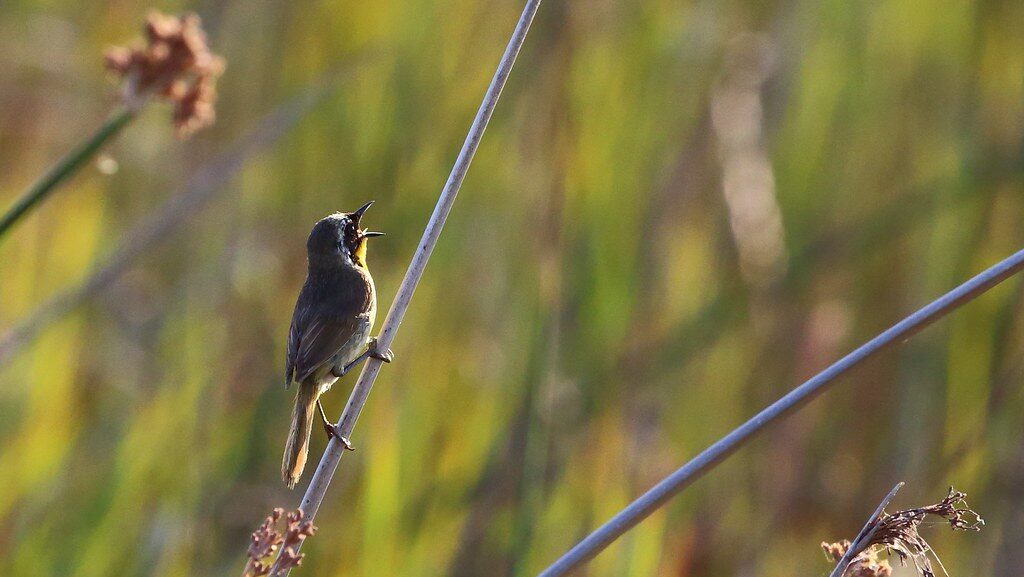
The first hours after sunrise offer what many birdwatchers consider the prime viewing time of day. Beginning approximately 30 minutes before sunrise and extending about an hour afterward, the “dawn chorus” represents the height of bird activity as multiple species sing simultaneously to establish territory and attract mates. During this time, birds are actively feeding to replenish energy reserves depleted overnight, making them more visible as they move through branches and visit feeders. The soft morning light also creates ideal photography conditions, casting a warm glow that enhances colors and details of feathers. For dedicated birdwatchers, the early wake-up call is well worth the momentary discomfort of rising before the sun.
Mid-Morning Movements

As the morning progresses into the 8-10 AM window, bird activity remains strong though slightly reduced from the peak dawn hours. This period provides excellent viewing opportunities for those who prefer not to wake at first light, with many species still actively foraging before the heat of the day sets in. Insectivorous birds continue hunting as insects become more active with warming temperatures, creating dynamic feeding behaviors to observe. Seed and fruit eaters make regular visits to feeders and fruiting plants during this time, often in more relaxed patterns than the urgent feeding of dawn. The improved lighting conditions during mid-morning also make identification easier for beginning birdwatchers who are still learning to distinguish between similar species.
The Midday Lull
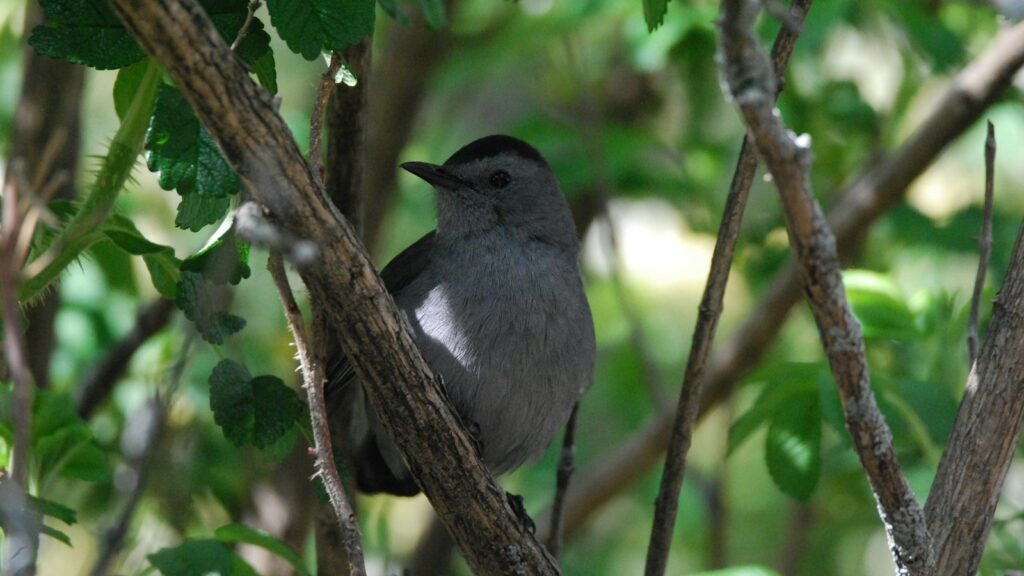
As the sun climbs higher between late morning and early afternoon, bird activity typically decreases substantially in most climates. During these hours, many birds seek shelter from heat and predators, retreating to shaded areas where they’re less visible to observers. This natural slowdown coincides with many birds’ tendency to conserve energy during the warmest part of the day, particularly in summer months when temperatures peak at midday. However, this period shouldn’t be completely dismissed by birdwatchers, as it offers opportunities to spot birds in resting positions, sometimes revealing behaviors not seen during active periods. Water features become particularly important observation points during midday as birds visit for drinking and bathing to cool themselves, creating concentrated activity around these resources.
The Late Afternoon Revival
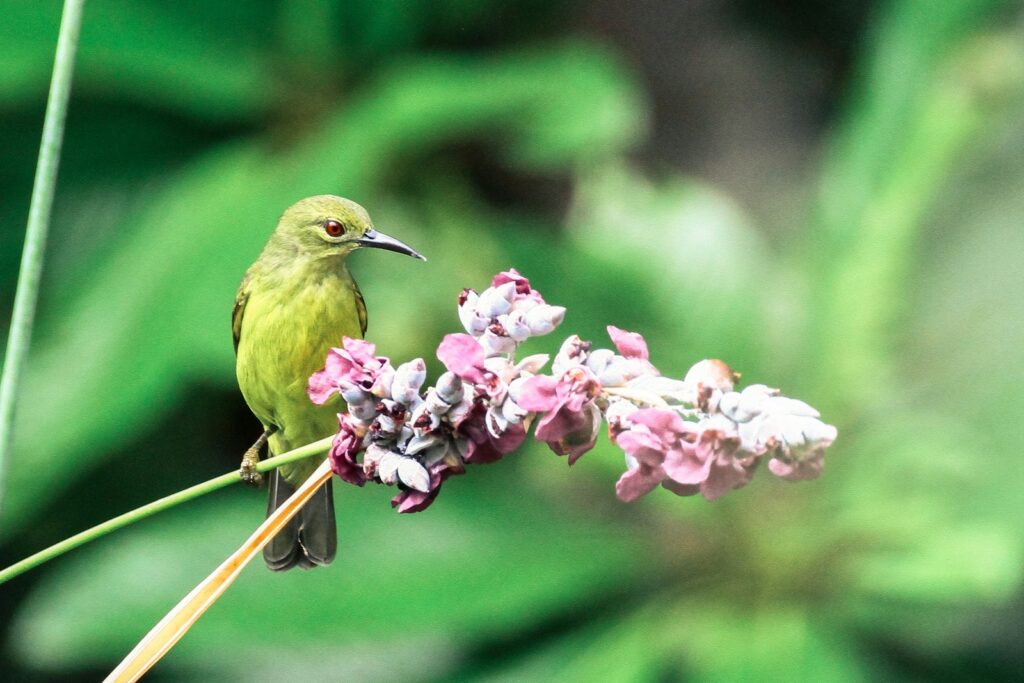
Bird activity experiences a notable resurgence in the hours preceding sunset as temperatures begin to cool. This second peak, while typically less intense than the morning chorus, offers excellent viewing opportunities as birds actively feed to store energy for the coming night. Many species that remained hidden during midday heat emerge to forage, creating a diverse mix of birds simultaneously visible in your yard. The golden hour lighting of late afternoon provides dramatic backlighting and warm tones that enhance the visual experience and create stunning photographic conditions. This time period is particularly valuable for birdwatchers with standard work schedules, as it allows for rewarding observation sessions after returning home for the day.
Dusk Transitions
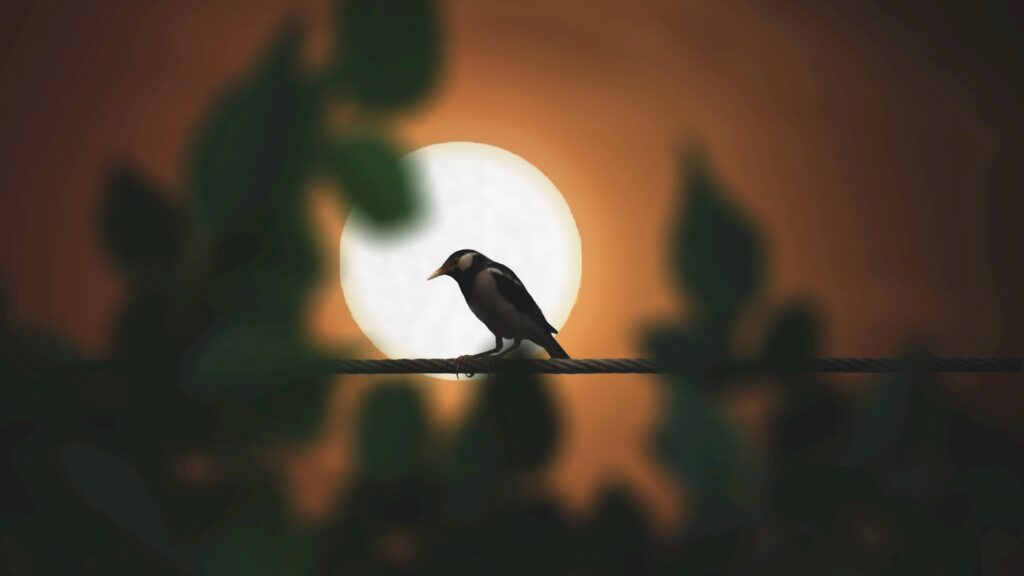
The period immediately surrounding sunset marks an important transition in the bird world as diurnal species settle for the night while nocturnal birds begin to stir. During these fading light moments, many songbirds engage in a final round of calling known as the “evening chorus,” though it’s typically shorter and less intense than morning vocalizations. Carefully watching trees and shrubs can reveal birds moving to their roosting locations, sometimes gathering in groups for overnight safety. This transition period also offers opportunities to observe interesting behaviors like communal roosting in species such as starlings, sparrows, and robins. For patient observers with good visibility, dusk also marks the emergence of crepuscular species like nighthawks and owls beginning their active periods.
Seasonal Variations in Viewing Times

The optimal times for backyard birdwatching shift significantly with the changing seasons throughout the year. Spring mornings deliver the most spectacular dawn choruses as breeding birds establish territories and attract mates with particularly enthusiastic singing. Summer brings earlier dawn activity and later evening sessions, though midday viewing becomes less productive as birds escape intense heat. Fall migration periods create unpredictable but potentially rewarding viewing at various times as new species move through areas where they don’t typically reside. Winter compresses prime viewing into midday hours in cold climates, when birds must feed continuously during limited daylight to maintain body temperature through long, cold nights.
Weather’s Influence on Bird Activity
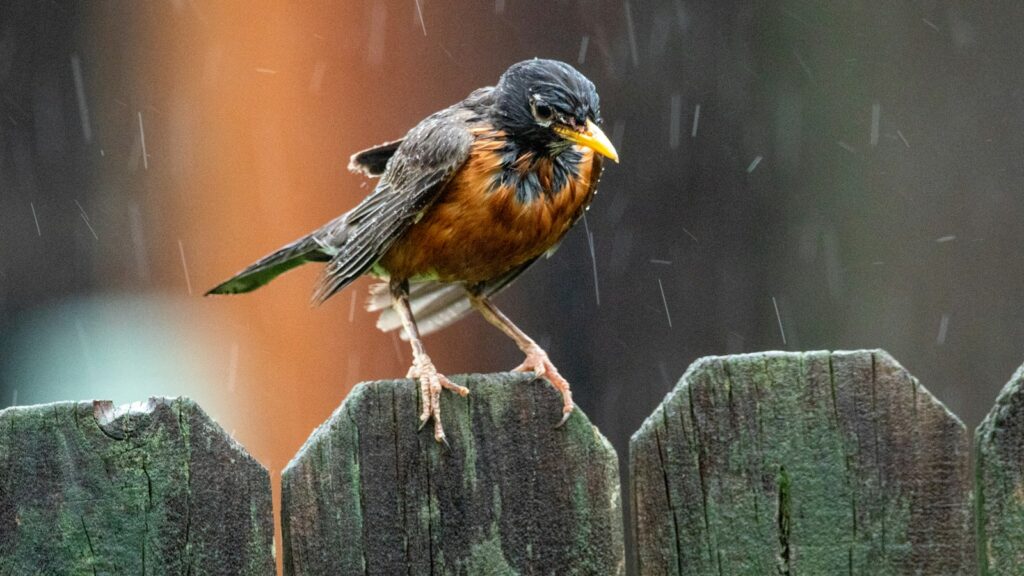
Weather conditions dramatically alter typical daily patterns of bird activity, sometimes creating exceptional viewing opportunities outside normal peak times. Approaching storm systems often trigger intense feeding activity as birds sense barometric pressure changes and stock up before taking shelter, making pre-storm hours surprisingly productive for observation. Overcast days can extend morning activity periods as the subdued light creates conditions similar to early morning for longer stretches. After rainfall, birds typically emerge in higher numbers to take advantage of newly accessible food sources like earthworms or to bathe in fresh puddles. Cold snaps in winter create urgent feeding behavior throughout daylight hours as birds require more calories to maintain body temperature, making feeders particularly active regardless of time.
Different Species, Different Schedules

While general patterns exist, individual bird species often follow unique daily schedules that can inform when to watch for specific targets. Woodpeckers typically remain active throughout the day regardless of temperature, making them reliable sightings even during otherwise quiet midday hours. Hummingbirds maintain relatively consistent feeding schedules with frequent small meals due to their high metabolism, visiting flowers and feeders regularly from dawn until dusk. Mourning doves often feed heavily in mid-morning and late afternoon, visiting ground feeding areas in pairs or small groups. Understanding these species-specific patterns allows birdwatchers to plan observation sessions around target birds they hope to see.
Feeding Station Timing Strategies
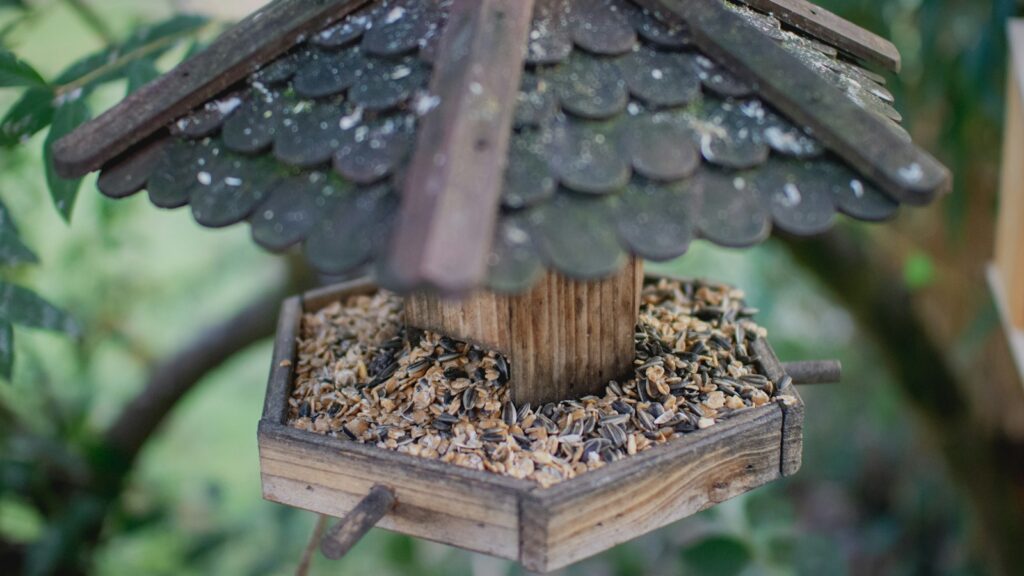
Strategic management of backyard feeding stations can enhance viewing opportunities by drawing birds during specific time windows. Filling feeders just before peak activity periods ensures fresh food is available when birds are most actively searching, with early morning and late afternoon being prime restocking times. Offering high-energy foods like suet and peanuts in early morning hours attracts species that need calorie boosts after cold nights, particularly in winter. Creating feeding stations with multiple perching options accommodates the synchronized feeding rushes that typically occur during dawn and dusk activity peaks. Maintaining water features with moving water throughout the day provides continuous attraction points even during otherwise slow viewing periods.
Creating a Birdwatching Schedule
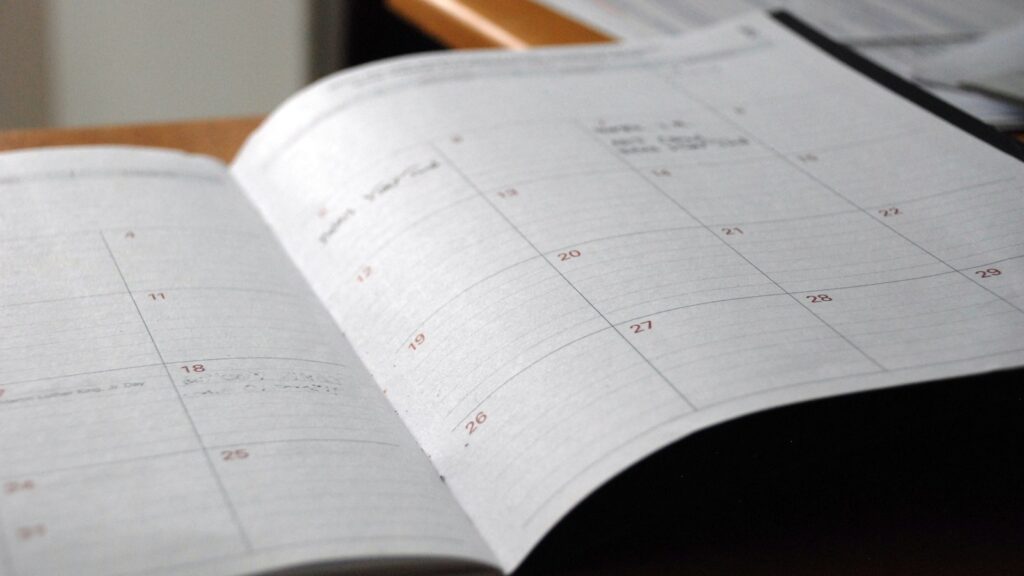
Developing a personalized observation schedule based on your local birds and lifestyle can maximize successful viewing experiences throughout the year. Starting with a bird journal that notes species, times, and conditions helps identify patterns specific to your location that might differ from general guidelines. Rotating observation sessions through different times of day reveals which periods consistently produce the most rewarding experiences in your particular habitat. Setting realistic goals that align with your availability prevents frustration—even short, consistent viewing periods often prove more satisfying than occasional marathon sessions. Technology can enhance scheduling through apps that predict local bird activity based on weather patterns, migration timing, and regional reports.
Equipment Considerations for Different Times
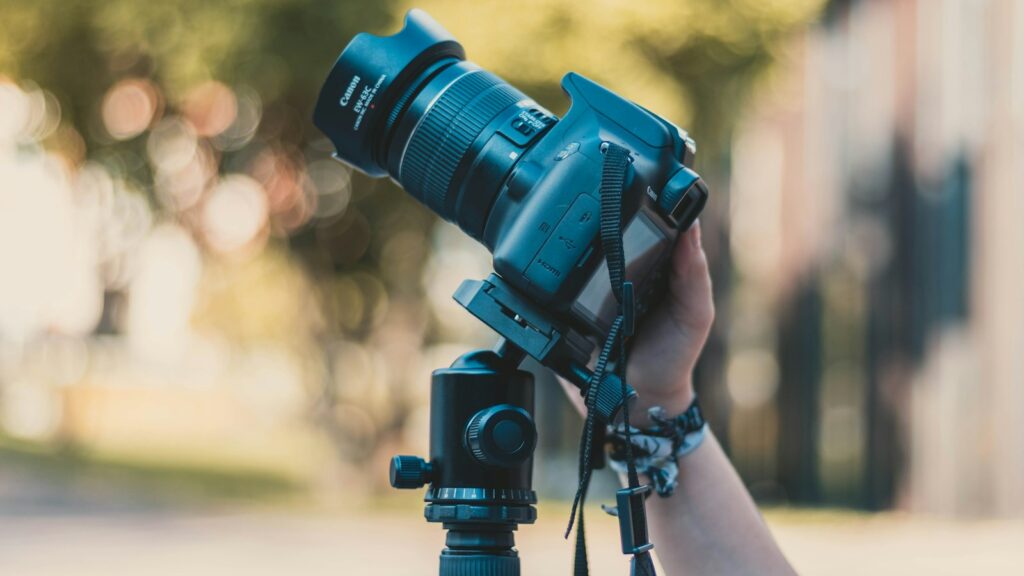
Birdwatching equipment needs vary significantly based on the time of day you choose to observe. Early morning and evening sessions often require binoculars with superior light-gathering capabilities, with models featuring larger objective lenses (42mm or greater) providing brighter images in low light. Photography during dawn and dusk periods benefits from cameras with good high-ISO performance and image stabilization to compensate for challenging lighting conditions. Midday observations may require sun protection for both the observer and optical equipment, with lens hoods preventing glare that can obscure details. Audio recording equipment proves particularly valuable during dawn chorus periods when identifying birds by song becomes as important as visual identification.
Patience and Consistency: The Birdwatcher’s Virtues
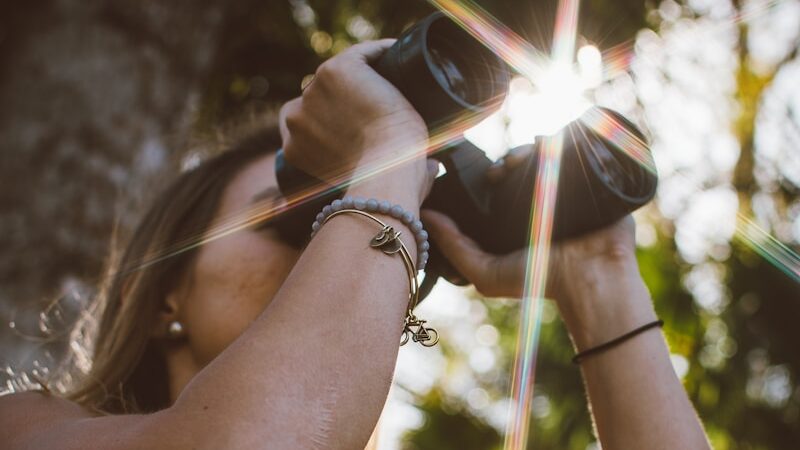
Perhaps the most important aspect of successful backyard birdwatching lies not in picking the perfect hour but in developing patience and consistency in your observation practice. Regular viewing sessions, even at less optimal times, often yield more interesting observations than occasional visits during peak hours, as birds become accustomed to your presence and display more natural behaviors. Maintaining a quiet, observant posture allows you to notice subtle movements and behaviors that casual glances miss, regardless of the time of day. Creating a comfortable observation post with seating and weather protection encourages longer sessions that increase chances of remarkable sightings. The willingness to sit through seemingly quiet periods often rewards patient observers with unexpected encounters that hurried viewers miss entirely.
Complementary Activities for Slow Periods
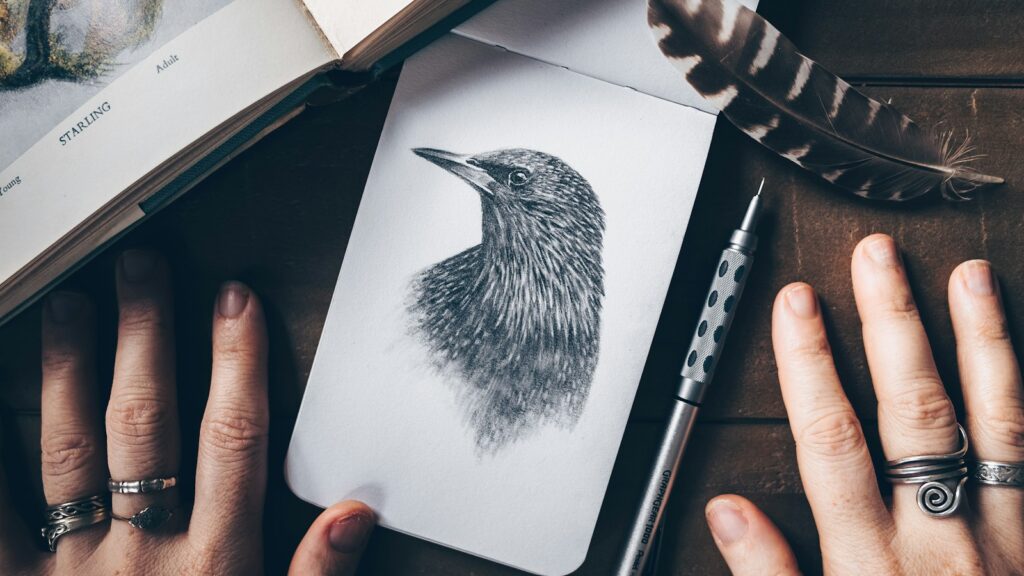
During inevitable slow periods when bird activity diminishes, engaging in complementary activities can enhance the overall birdwatching experience. Photographing or sketching birds that do appear helps develop identification skills and creates a meaningful record of sightings that builds knowledge over time. Maintaining a birding journal during quiet moments documents patterns that help optimize future viewing sessions based on local conditions. Learning bird calls and songs during downtime improves the ability to detect species by ear when visual observation is difficult, particularly during leafy seasons. These supplementary activities transform potentially disappointing quiet periods into productive components of a well-rounded birdwatching practice.
Conclusion
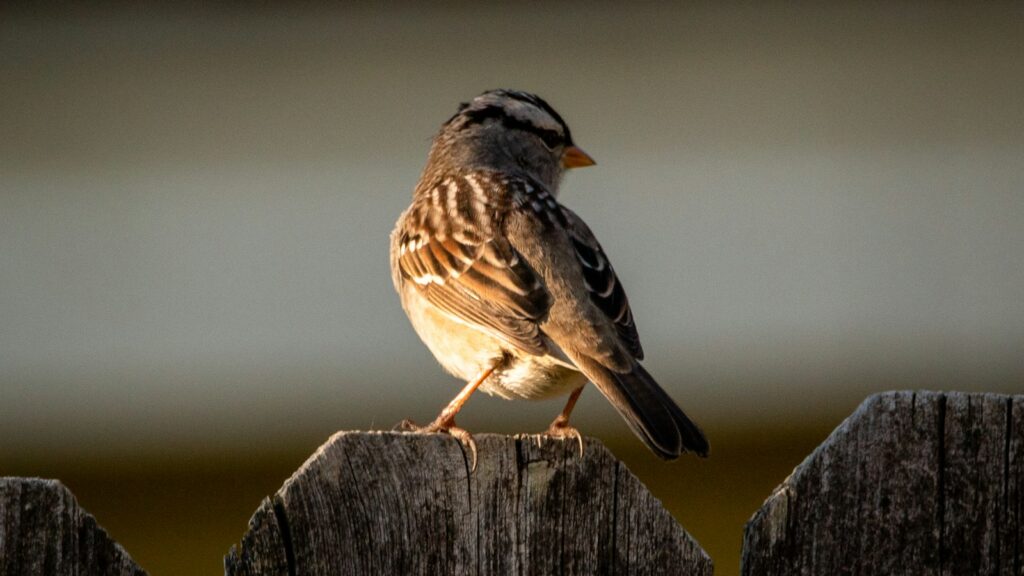
Backyard birdwatching rewards observers who align their viewing times with the natural rhythms of avian life. While dawn and dusk generally offer the richest experiences, each time of day presents unique opportunities to witness different aspects of bird behavior. By understanding these patterns and remaining flexible to account for seasonal shifts and weather influences, you’ll maximize your chances of memorable encounters. Remember that the most rewarding birdwatching practice combines knowledge of optimal timing with the patience to simply be present in your space, ready to appreciate whatever winged visitors grace your yard. The birds are there—knowing when to look for them transforms casual observation into a window into their fascinating world.
